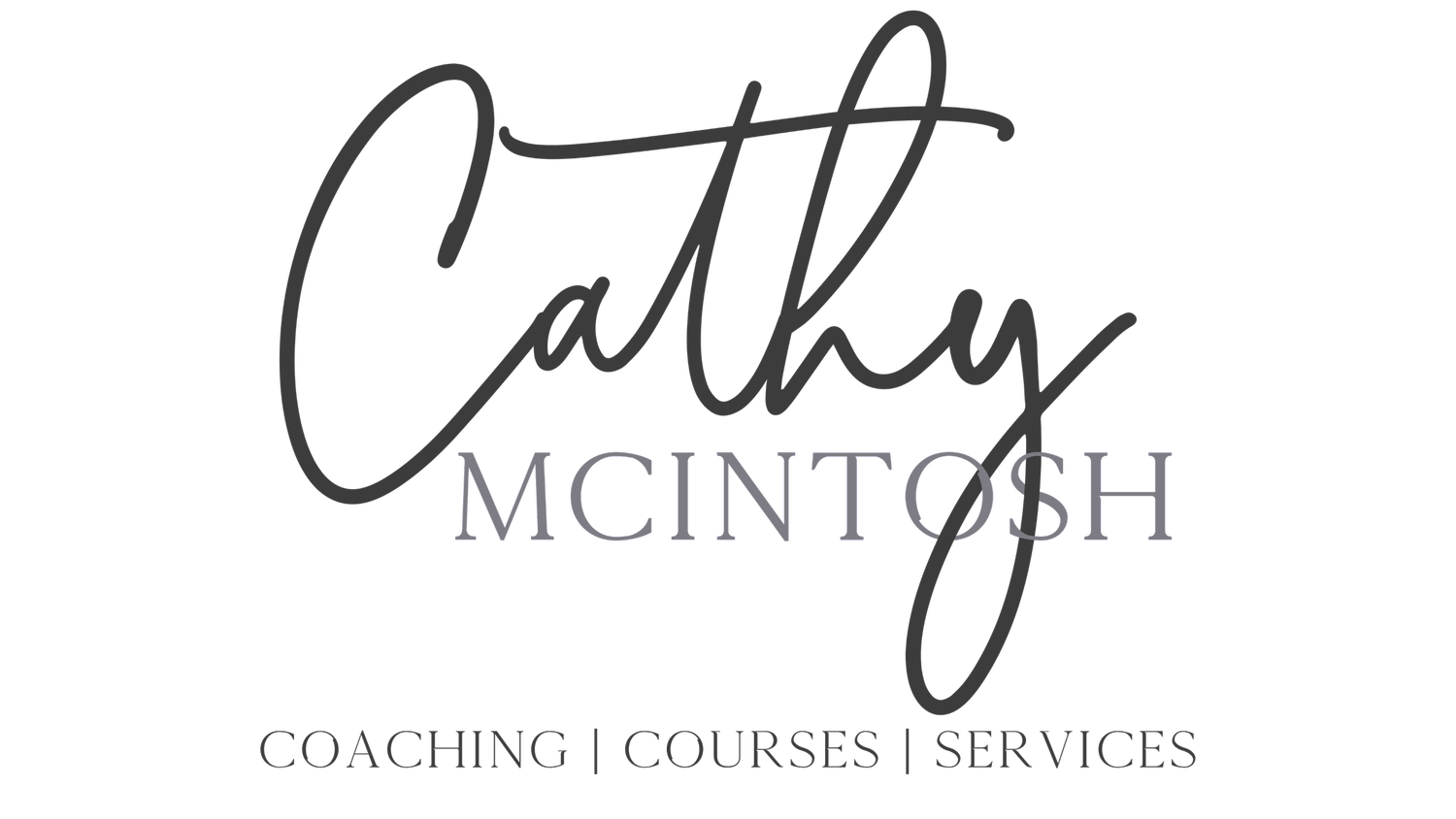3 Key Aspects of an Engaging Elevator Pitch for Your Small Business
Nearly every small business owner understands the importance of having a good elevator pitch—a prepared introduction to your products or services that you can recite in 30 seconds or less (the time it takes to ride from floor to floor in an elevator). It’s a phenomenal tool for networking and has many other benefits as well.
The problem is, it's hard to pare down what we think is important when we're passionate about our business. I’ve often been asked, “how do you write a killer elevator pitch?” Think of delivering your pitch this way: It’s a short learning exercise that will encourage someone to remember what you do and how you can help them (or someone they know). By including 3 key aspects in your 30-second elevator pitch, you can stir others to become excited to engage with your business. Here’s how:
A Simple Way to Pitch Your Brand
I’m always surprised to see the number of business owners and ministry leaders who are uncomfortable sharing what they do. They don’t want to feel pushy or sales-y. When they envision telling someone about their products or services, they imagine themselves as a used car salesman in a bright yellow suit. It’s no wonder they choose to keep silent. It shouldn’t be so hard to muster the courage to share what you do. And with the right elevator pitch, it doesn’t have to be.
Consider a conversation with a person who shows a need for something you offer. Suddenly you see how you can actually help them. Your demeanor changes. You straighten your shoulders, speak with more clarity, and portray a level of confidence you didn’t know you had. Suddenly, you’re talking about your company with authority and purpose. You feel the assurance of your giftedness and it shows. When you include the right aspects into your pitch (also called a one-liner), you can walk into any conversation with that level of certainty.
What Do You Say in an Elevator Pitch?
When someone asks you what you do—even if it’s one of those passing questions and you suspect they’re simply making conversation—it can be easy to draw them into a meaningful conversation.Remember that you’ve worked hard to develop your craft and make a career out of your passion to benefit others. You have what it takes to make a difference in the lives of others—to help them overcome a problem or challenge. That leads us to step one of in this face-to-face way of promoting your company:
1) Identify the problem that your customers face.
Let’s face it. Most people feel a need to talk about the problems they encounter. They want to know that someone else understands what they’re going through. Most want to know they’re not alone and they search for any help available. So, when you share the problem that your potential customer faces, you’ve started a strong pitch for your company. You’ve given yourself a comfortable way to connect with and grow your audience. The second step of the plan is equally simple:
2) Share your solution you offer.
Whether you’re in ministry or business, selling products or services, or offering support through a non-profit, you’re offering a solution that your customers need. The next phase of your sales statement is to demonstrate how you can help. You’ve shown them that you understand the problem they face, now convey a short, simple statement about how you can help. Since your aim is to recite your pitch in under 30-seconds, you don’t have a lot of time to get into nitty-gritty details. Give them a birds eye view of the solution you deliver—just enough to create some curiosity and make them want to know more. Share how you can help in a clear and compelling way. Then you can move on to the final step of the plan:
3) Show them the benefit of doing business with your company.
By showing empathy for their struggle and demonstrating your carefully planned solution, you’re ready to hit the ball out of the park. It’s time to share the benefits they’ll enjoy when they engage with your brand. Paint a picture of how much better their life can be when they’re free of the problem they’re facing. Use visual words and paint a clear picture of success. They won’t reach the same conclusions on their own, so invest all the time you need as you create this portion of your pitch. Describe how much better their situation will look, feel, sound, and even smell (if that’s appropriate) by engaging with your company, brand, or organization.
Using Your Pitch Beyond the Elevator
Not only is a clear, compelling elevator pitch a helpful tool in networking situations, it can shine in other parts of your promotional collateral as well. You can use your “one-liner” (which refers to the single statement, not necessarily a single sentence) to showcase what you do. . .
On the homepage of your company website
In your “about us” section
In your bio
As an opening or closing remark in a promotional video
On your sales page
And many other places as well
In reality, an elevator pitch is rarely used in an elevator, so bust it out and use it whenever possible to show empathy for your potential customers, showcase your ability to help, and paint a picture of success for those you serve. It’s a small but mighty tool for your company. It does more than help your audience engage, it can generate new leads, website visits, and even sales! For more examples of engaging elevator pitches and ways to use them beyond the elevator, I invite you to check out The Online Marketing Starter Guide.
Is an Elevator Pitch Really This Simple?
I’m one of those shy, introverted, business-minded professionals who used to struggle to share what I do. Truth be told, making conversation with strangers is not a strong point and I’d much rather stare at my smartphone in an elevator than tell someone about my business or my career. When I developed my one-liner, however, things changed. Not in an elevator per se, but in a variety of networking settings. When I attend events with my husband or meet new people at a dinner party, it’s inevitable that someone will ask, “What do you do?” Now I have a prepared answer to provide. It only takes a few seconds to say, it feels comfortable, and I’m often amazed at the conversation that follows.
An Example of an Elevator Pitch
When asked what I do, I can say, “I’m a business growth coach,” which is slightly descriptive. Or I can say “Writers and ministry professionals often struggle to apply strong business principles. I offer coaching through proven methods and frameworks to help them reach a wider audience and grow their brand.” Even if the person I’m talking to isn’t a writer or a ministry professional, they likely know someone who encounters the problem I’ve described. If they personally don’t need my help, I can see their mind filling with names and faces of others who might. Then, when I paint the picture of success, it opens new doors. Suddenly it becomes easy for them to ask for my website or schedule a consultation.
I no longer step away after meeting someone agonizing over a missed opportunity. I feel confident that I’ve presented myself in a professional, helpful manner. Even more impressive are the new contacts I’ve made, some of which have resulted in website visits, product purchases, and coaching agreements.
How to Write a One-Liner and Get the Job Done
Because your one-liner (aka elevator speech) is such a foundational component of promoting your brand, I’ve included step-by-step instructions in one of my most popular products: The Online Marketing Starter Guide. It breaks down each piece of your pitch into surprisingly simple steps that help you create, analyze, and fully develop your one-liner. The guide also provides several practical examples of elevator pitches that our team has created for businesses. Reviewing realistic examples will help you say “I can do this!” and confidently move through the process. I understand that most people don’t start a business or ministry because they can’t wait to market it. They love helping people, not promoting what they do. Most of the time it feels awkward to “self-promote” but it doesn’t have to. With the right tools, you can promote your brand by using proven methods and frameworks taken in bite-sized chunks. You can feel comfortable and at ease while sharing what you do and the Online Marketing Starter Guide will show you how. It’s a highly impactful resource that you can use for each product, service, or aspect of your business or ministry.
Feeling Confident in Your Pitch
When you include the right aspects in your pitch (also called a one-liner), you can walk into any conversation with confidence and certainty. Incorporating the three vital aspects of identifying the problem, sharing your solutions, and showing the benefits of what you offer can be a game-changer for your organization. Stop losing contact and sales because you don’t know what to say. By writing a pitch and practicing to memorize it, you’ll free yourself of the paralysis that strikes when you meet someone new. An engaging elevator pitch will make sure you’re always prepared to show the effective job you deliver for your customers.
Polishing Your Elevator Speech
After you’ve worked to write a good elevator pitch, I’m happy to provide you with feedback. It’s incredibly beneficial to gain insight from someone who isn’t familiar with your company and can strengthen your communication to an outsider. Simply schedule a free appointment and I’ll help you put an extra layer of polish on your pitch. And if you just need a little extra encouragement to get the job done right, don’t forget to grab your copy of The Online Marketing Starter Guide. It provides all you need to walk through every stage of the process so that you feel confident when you say your pitch and make potential customers excited to engage with your brand. Creating your elevator pitch is something you may have put off doing. But I encourage you to generate yours as soon as possible. When you practice saying it until it feels comfortable to deliver, you’re sure to be amazed at the way it will help you generate new leads, website visits, and even sales!




